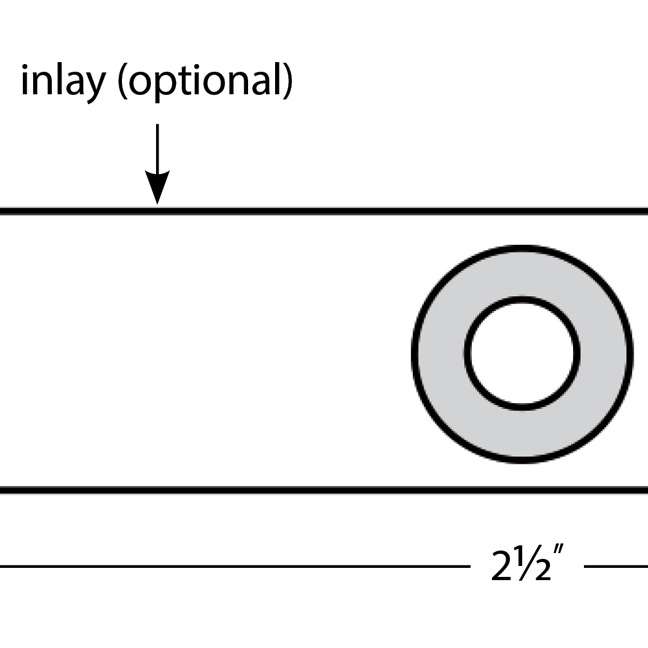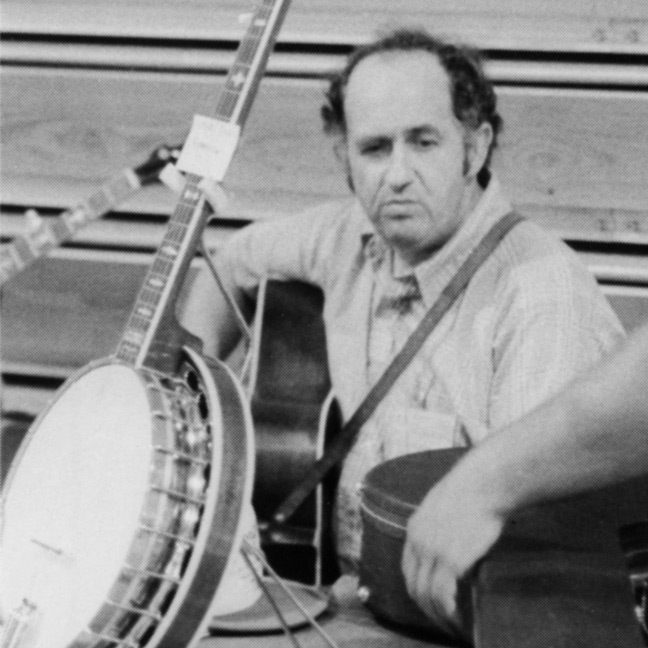
Meet the Maker: Henry Stocek
by John Calkin
Originally published in American Lutherie #62, 2000 and Big Red Book of American Lutherie Volume Six, 2013There is a host of nonluthiers without whom lutherie would suffer. I refer to the makers and suppliers of the products that eventually comprise our instruments — the wood, trim items, pickups, cases, hardware, and finish products that make instruments more functional and more interesting. It should come as no surprise that most of these folks are as fascinating and dedicated as any luthier. We’ve met a few of them in these pages before, and I hope to give more of them the exposure they deserve.
First up is Henry Stocek, the celluloid guru who introduced us to the art of turtleoid creation (see Reinventing the Celluloid Tortoise). He created Deep River Vintage Instrument Supply to furnish the trade with imitation tortoiseshell pickguard stock that was reminiscent of the color and patterns used in the ’30s. Other items are on the way.
Become A Member to Continue Reading This Article
This article is part of our premium web content offered to Guild members. To view this and other web articles, join the Guild of American Luthiers. Members also receive 4 annual issues of American Lutherie and get discounts on products. For details, visit the membership page.If you are already a member, login for access or contact us to setup your account.


